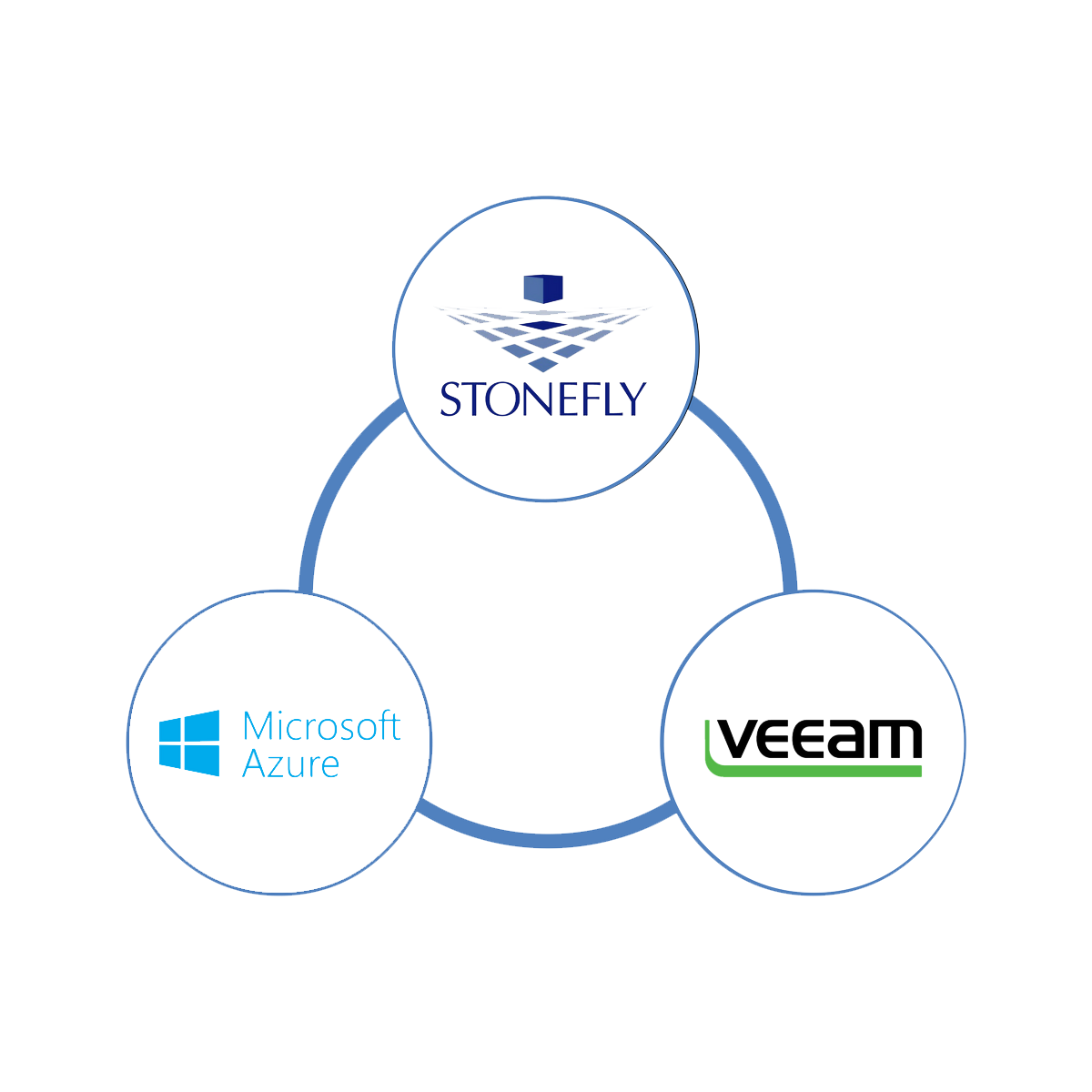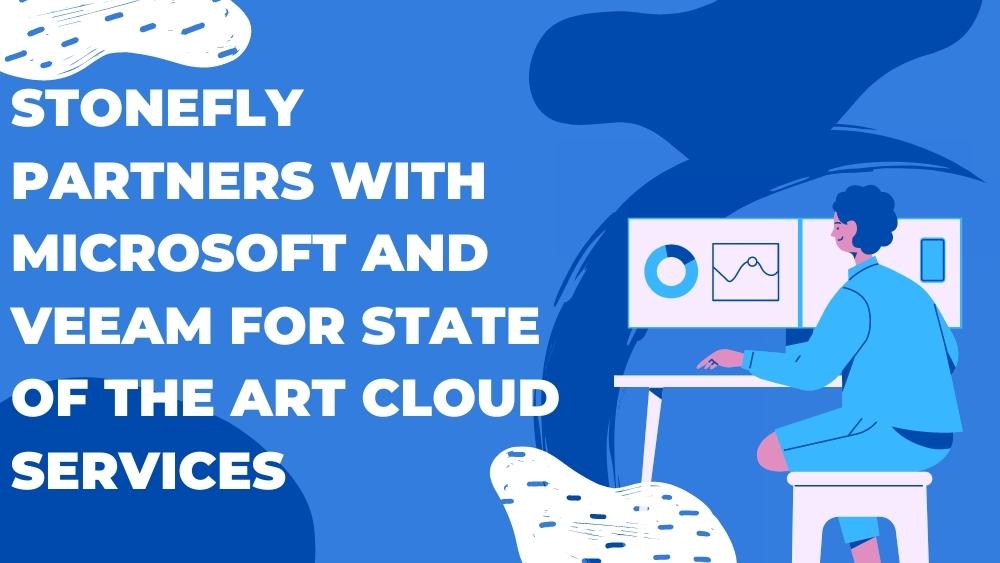To understand Microsoft Azure we need to look at the design principles of cloud computing at a very fundamental level. This entire concept is one of sharing resources. If we could share effectively we could stop the waste of resources.
All those computers running workloads or applications are on all the time cost a lot of money and require highly paid staff to manage them most of the time. You’re only using twenty to thirty percent of the compute capacity that’s dedicated to them. So drilling into this we see that one of the most important points is economics as this chart indicates the larger the data center the cheaper the total cost of ownership is.

This is primarily because if you walked to your local power company and say you need to buy billion
Gigaflops of power, you get a cheaper price. Same thing with datacenters you get a better deal if you’re running at scale, and not only that but when you run into scale you have to automate almost everything and this automation makes the total cost of ownership cheaper.
You can only afford to do this if you’re very large. This is a considerable investment which brings us to Microsoft. Microsoft offers real world experience with massive scale deployments that are unmatched with built apps and services such as outlook.com, Bing, Xbox live and Office 365 on cloud technology.
As an example of the kind of reach, we’re talking about office 365 is now used by more than twenty percent of all enterprise organizations worldwide. Over five billion Bing queries monthly and over 40 million Xbox live users. All of this technology has been used to build Microsoft Azure.
What are the Microsoft Azure Services?
Essentially Microsoft Azure is a broad stack of services that runs in data centers globally. You can think of the different services as building blocks.

These services can be categorized into three classes. Infrastructure services – which are lower level building blocks. Data services – to provide storage and data management capabilities to apps. App services – which provide different capabilities to rapidly develop apps, scale and run apps at a global scale.
In a physical sense Microsoft Azure is built on data centers across the world. Microsoft Azure has data centers in global regions across different continents. 4 in the U.S., 2 in Europe and 2 in Asia. Microsoft Azure is also now available in China. These are gigantic in their scale and operations.
Each data center is about seven to ten times the size of a football field and their power utilization efficiency is about twice that of a large enterprise data center. Global support with local teams around the world is offered, so you can be sure that you’re taken care of if you run into any issues.

However, one main issue with the Microsoft Azure is the file size limitation problem. You can’t exceed a 1 terabyte file size when using Microsoft Azure.
Veeam Software
Today’s fast paced technological innovation is transforming how organizations in every industry operate. This transformation can either break or make your business. Because In the digital world clients expect 24.7 availability. Almost all of an enterprise’s Data and applications are critical for operation, and every enterprise’s business lives on their availability.
With Veeam your Data and applications are always available, 24.7.365. No matter what your organization is always ready. You give all of your customers the quality of experience they demand and restfully cater to Service Level Agreements (SLAs). Veeam backup is used by 70% of the Fortune 500 companies.
Enjoy Enhanced Reliability with StoneFly’s Cloud Solutions
StoneFly has partnered with Microsoft and Veeam to offer state of the art cloud storage, cloud based backup and cloud disaster recovery for Governments, enterprises and Cloud Service providers.
StoneFly makes exceeding Microsoft Azure’s 1 terabyte file size limitation possible, allowing you to scale unlimited amount of storage by scaling out one or more volumes across Azure virtual machines for your Veeam backups.
StoneFly’s private and public cloud solution plus Veeam connect Gateway in Microsoft Azure with Veeam connect on-premise provide complete Cloud Backup and disaster recovery solutions for physical and virtual environments. This solution provides the optimal capacity, file size, bandwidth, IOPS (Input/Output Operations per Second), Security, and shared access.

With StoneFly, cloud storage is flexible and affordable, allowing you to scale up and scale down storage as per your company needs.
Data Security with StoneFly includes multi-factor authentication, AES-256 encryption for data at rest, secure connections between Virtual Machines, industry standard transport protocols between Azure datacenters and user devices, Azure Key Vault and more.
Start your free 1-month trial of StoneFly Cloud Storage today.










